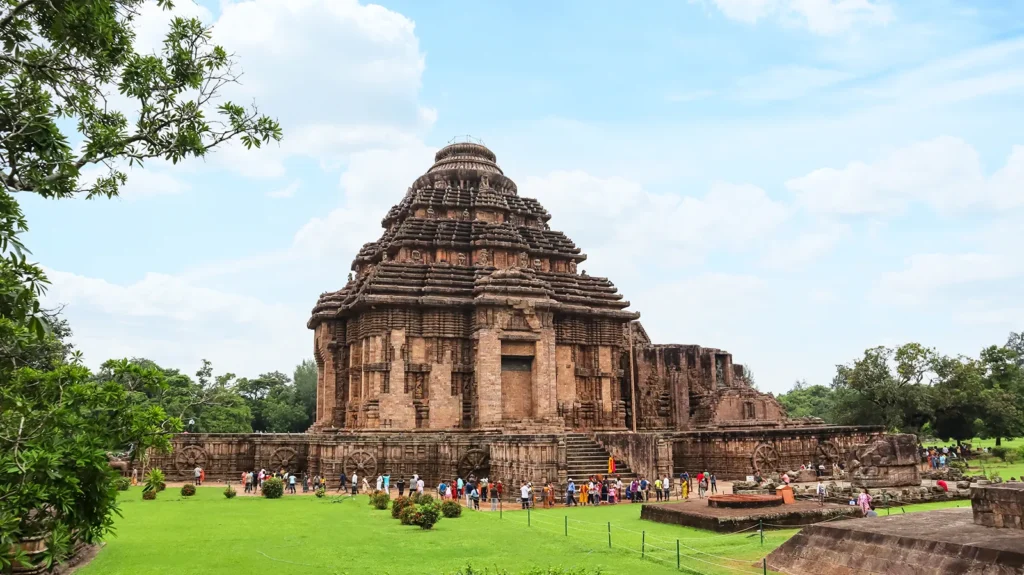
“Stone speaks here—of time, of faith, and of an era when architecture was poetry.”
1000 Years of Glory: The Sun Temple of Konark
India is a land of stories carved in stone, and few monuments narrate them as beautifully as the Sun Temple of Konark. Over 1,000 years of history and heritage still echo through its chariot-shaped grandeur, standing proudly on the coast of Odisha. Whether you’re a history enthusiast, a curious traveler, or someone who loves art, Konark will leave you speechless.
Let’s dive deep into the origin, mystery, and magnificence of one of India’s finest architectural wonders.
🏛️ A Journey Back to 13th Century India
The Konark Sun Temple was built in 1250 CE by King Narasimhadeva I of the Eastern Ganga dynasty, a powerful ruler who believed in glorifying his kingdom through divine structures. Dedicated to Surya—the Sun God, the temple was envisioned as a celestial chariot.
The architecture reflects advanced astronomical knowledge, spiritual symbolism, and artistic excellence. The temple originally stood about 70 meters high, but parts of it have been lost over centuries. Even in its ruined form, it remains breathtaking.
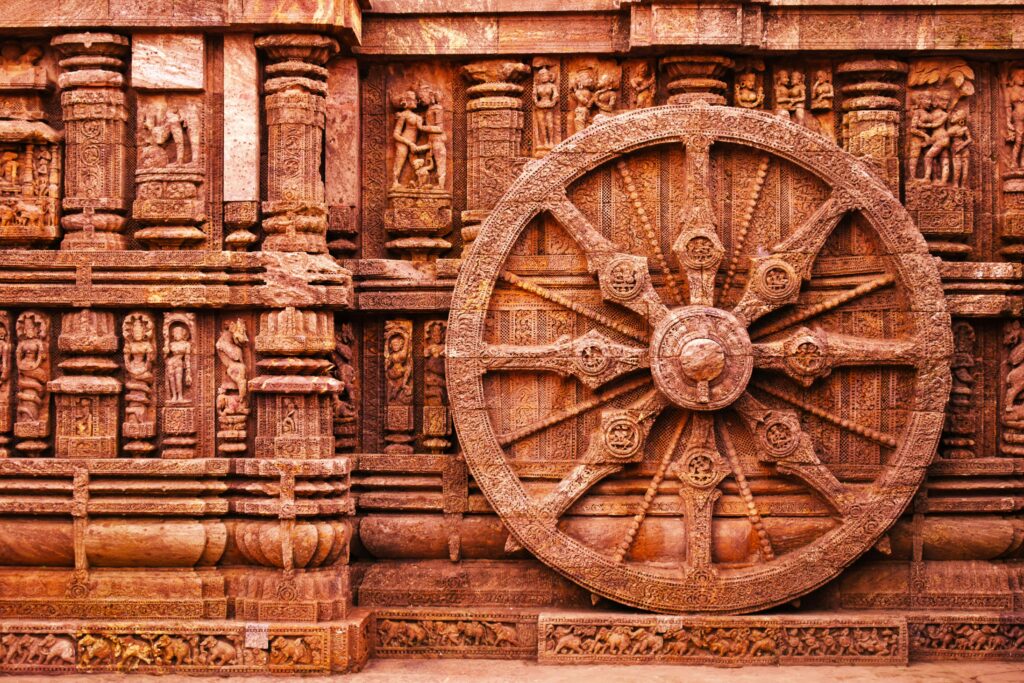
🛕 The Chariot of the Sun God
What makes Konark unique? It’s not just a temple—it’s a sculptural marvel in motion.
The temple is designed as a massive chariot pulled by seven horses, symbolizing the seven days of the week, and resting on twelve intricately carved wheels, which represent the months of the year. These wheels aren’t just for show—they function as sundials, allowing one to calculate the exact time by observing shadows. Each wheel is about 9 feet in diameter, with stunning detailing on every spoke.
The alignment of the temple was such that the first rays of the sunrise would directly fall on the main idol inside the sanctum. Though the idol has since disappeared and the sanctum has collapsed, this clever astronomical design still impresses experts today.
🧱 Art, Eroticism, and Symbolism
The walls of the Konark Sun Temple are covered with carvings—each one telling a story. You’ll find:
- Mythological scenes from Hindu epics like the Ramayana and Mahabharata.
- Animals, celestial beings, dancers, and musicians that bring life and rhythm to the stone.
- Erotic sculptures, similar to those in Khajuraho, showcasing human desires as a form of divine experience.
- Scenes of everyday life—markets, festivals, farming, war, and leisure.
These carvings aren’t merely decorative—they serve as historical records of the time, depicting what society looked like in the 13th century.
🔍 Unsolved Mysteries of Konark
Konark isn’t just famous for its beauty—it’s also wrapped in mystery.
1. The Magnetic Idol Legend
It is believed that the temple once had a massive lodestone (magnet) placed at the top of the main sanctum. This magnet was so powerful that it made the idol appear to float in mid-air. Sailors who approached the nearby port complained that their ship compasses stopped working due to this magnet, which may have led to the eventual removal or destruction of the stone.
2. Disappearance of the Idol
The original Surya idol, said to be made of precious metals and stones, vanished centuries ago. Some say it was looted by invaders; others believe it was buried to protect it. No one has ever confirmed where it went.
3. The Collapsing Sanctum
The main sanctum (Vimana) has long collapsed. Many archaeologists suggest it was weakened by time and weather, while others blame invasions or earthquakes. Even today, excavations continue to explore the secrets hidden beneath.
📍 Plan Your Visit: Travel Tips & Essentials
Visiting Konark isn’t just about ticking off a heritage site. It’s a spiritual, artistic, and historical experience.
- Location: Konark, Odisha – approx. 35 km from Puri and 65 km from Bhubaneswar.
- Best Time to Visit: October to March. The weather is pleasant, and major festivals take place during this period.
- Entry Fee: Around ₹40 for Indian citizens and ₹600 for foreign tourists. Children under 15 enter free.
- Opening Hours: 6 AM to 8 PM daily.
🧳 Travel Tip: Visit during early morning or late afternoon for the best light (and fewer crowds). Don’t miss the Konark Dance Festival in December, a five-day cultural event featuring India’s top classical dancers performing in the temple’s backdrop.
🌅 Don’t Miss These Konark Highlights
- The Natya Mandapa (Dance Hall): Though partially damaged, you can still imagine the grandeur of performances that once took place here.
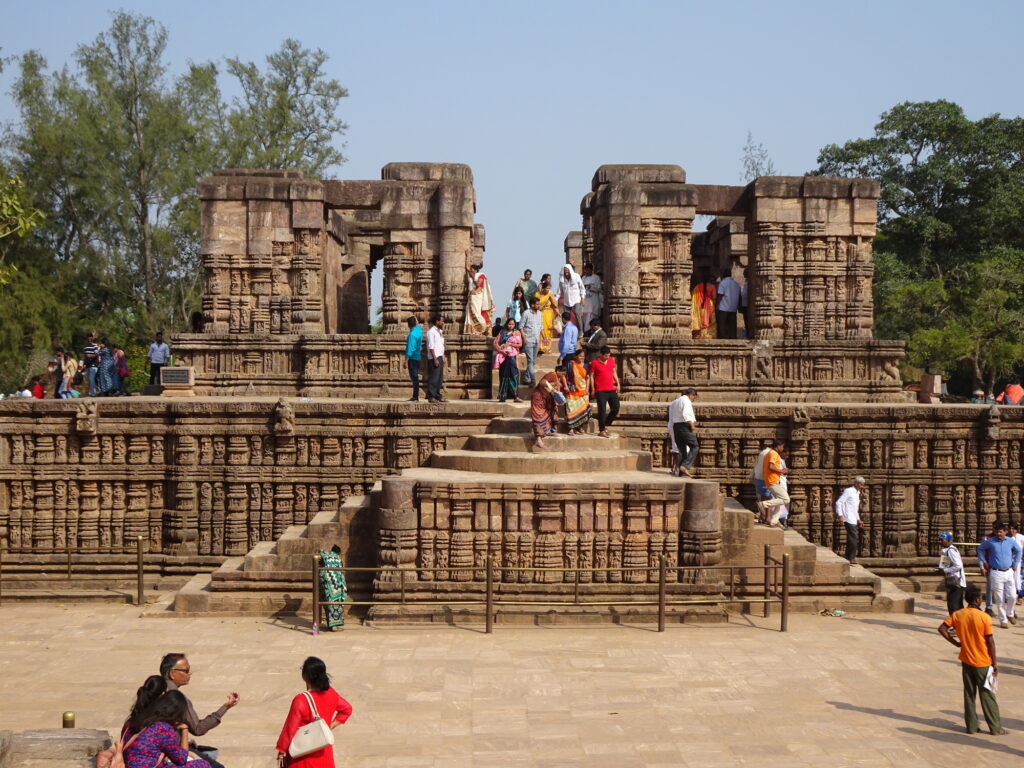
- Maya Devi Temple: A lesser-known site nearby believed to predate the Sun Temple.
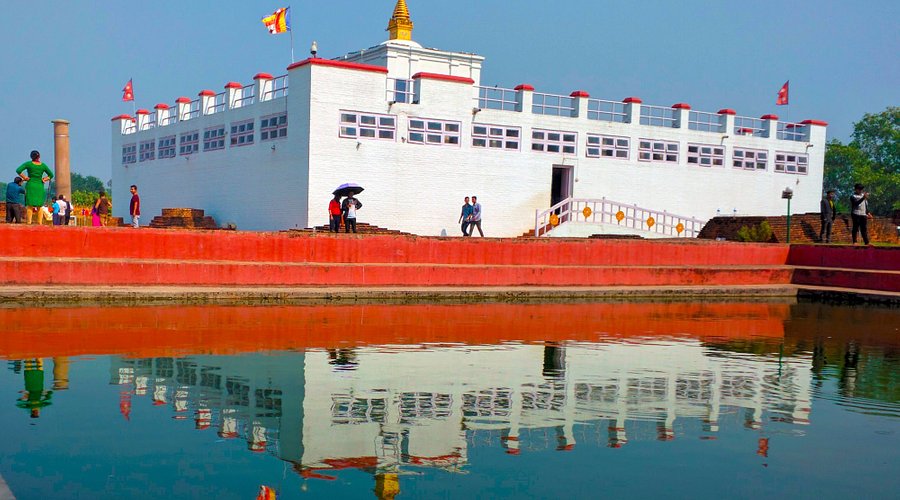
- Chandrabhaga Beach: Just 3 km from the temple, it offers a peaceful escape and a beautiful sunrise view.
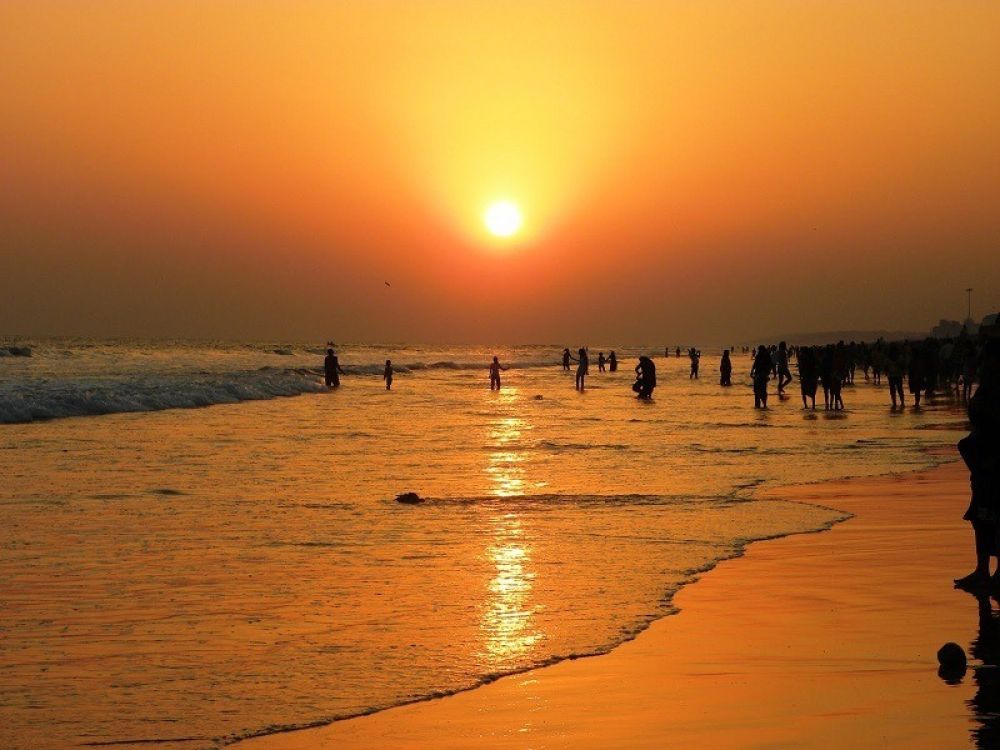
- Handicraft Shops: Support local artisans by purchasing Odisha’s famous appliqué work, stone carvings, and Pattachitra paintings.
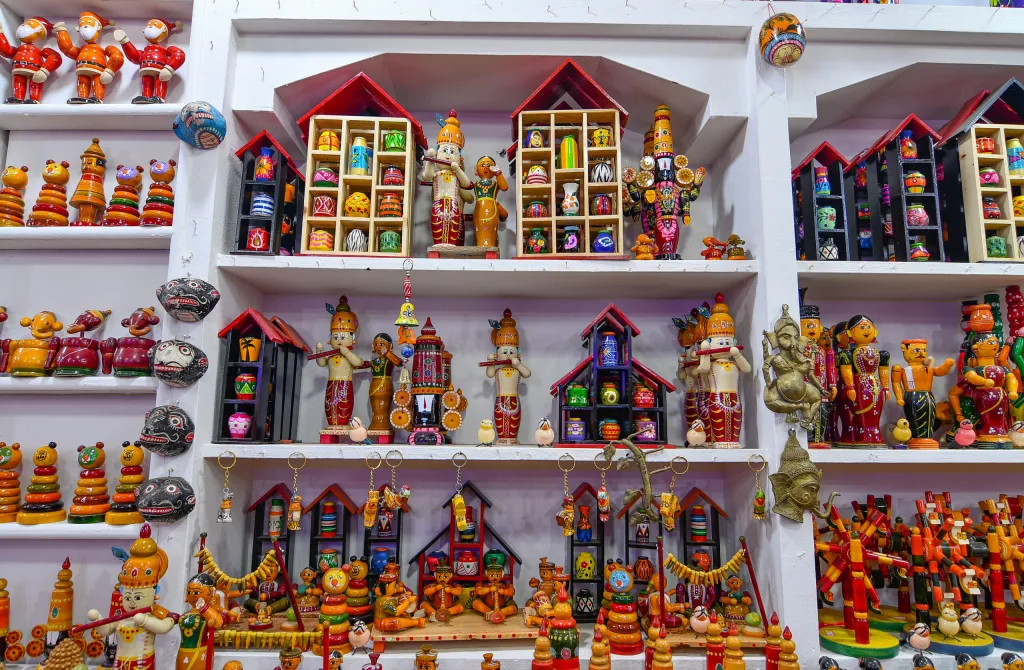
🙏 Konark Today: A Legacy That Lives On
The Konark Sun Temple may have lost its original sanctity and some parts of its structure, but its legacy lives on. In fact, India’s ₹10 currency note once featured this temple, symbolizing its national importance.
In 2021, it was selected under the Indian government’s ‘Iconic Tourist Sites’ initiative to boost heritage tourism. Conservation efforts by ASI (Archaeological Survey of India) continue to preserve this masterpiece for future generations.
🧭 Final Words: Why You Must Visit Konark at Least Once
If you’re on a journey to explore India beyond the obvious, Konark is a must-visit. It’s not just about admiring old stones. It’s about understanding:
- How art once worshipped the sun.
- How science was embedded into spirituality.
- And how faith and beauty blended into one unforgettable structure.
Over 1,000 years may have passed, but Konark still stands—not as a ruin, but as a reminder of India’s timeless spirit.
